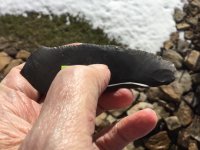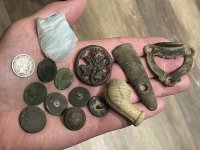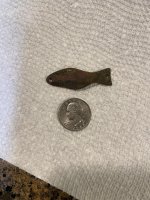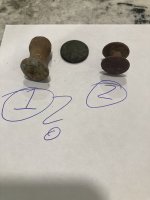uniface
Silver Member
Or flake blade, but since it was used as a knife, knife it is.
Dalton era folks liked flakes this size/shape, but had either forgotten how to make blades or figured they it was too much trouble. So they ended up with stuff like this (which is much thinner than most). Amazing delicate retouching along the entire working edge shows this was not a Paleo one-off. Found by Lashanne Johnson and her dad in either Benton or Hardin County, Tennessee. Nice black Buffalo River chert.
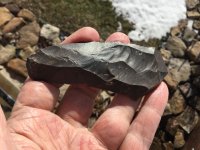
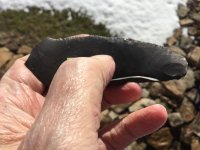
Dalton era folks liked flakes this size/shape, but had either forgotten how to make blades or figured they it was too much trouble. So they ended up with stuff like this (which is much thinner than most). Amazing delicate retouching along the entire working edge shows this was not a Paleo one-off. Found by Lashanne Johnson and her dad in either Benton or Hardin County, Tennessee. Nice black Buffalo River chert.


Amazon Forum Fav 👍
Attachments
Upvote
0


